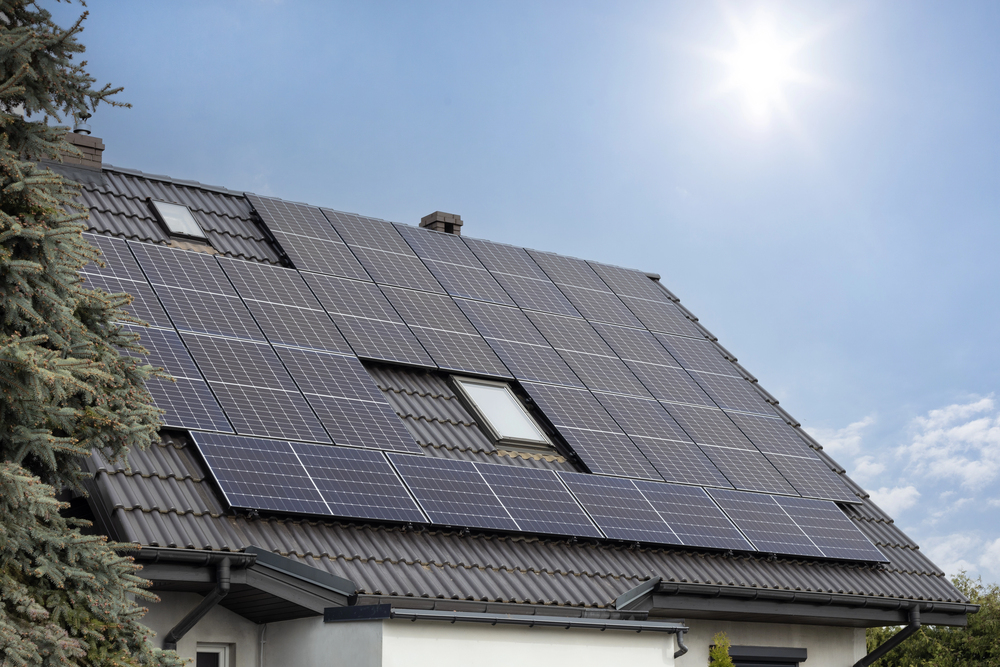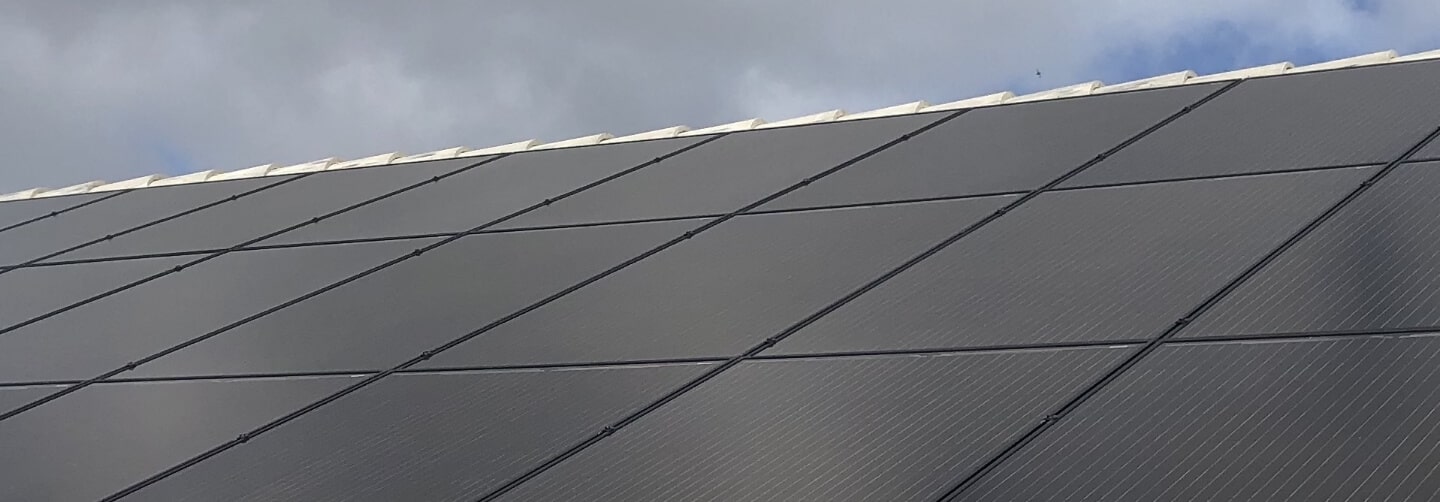How Long Do Residential Solar Panels Last In Florida?

Florida is known for endless sunshine, afternoon storms, and salty coastal air. These same conditions make the state a leader in renewable energy adoption while also raising an important question for homeowners: how long do solar panels last in Florida?
Families investing in residential systems want confidence that their panels will deliver reliable power year after year, even in a climate that tests durability. Longevity depends on the technology itself and also on how panels are engineered to handle heat, humidity, and high winds.
The answer lies in the quality of the equipment, the expertise of the installation, and the care given to maintenance. All of which play key roles in protecting long-term performance.
How Long Do Residential Solar Panels Last
Most residential solar panels in Florida operate effectively for 25 to 30 years. They do not suddenly stop producing energy at the end of this span. Instead, their efficiency gradually decreases through a process called degradation. High-quality modules typically carry performance warranties that guarantee at least 80% of the original output after 25 years. Many systems continue to generate electricity well beyond that period, though at a lower capacity.
Florida’s climate accelerates wear compared to some other states, yet well-made and properly installed systems still provide decades of service. Modern solar panels are built to handle extreme conditions such as heat, humidity, and high winds. This durability makes them a dependable energy solution for homes across the state, delivering consistent performance year after year.
Florida’s Climate and Its Effect on Residential Solar Panels
Florida delivers plenty of sunlight hours, which directly translates to strong energy production. However, weather and environmental conditions influence the longevity of solar equipment. The state’s hurricane season subjects rooftop systems to powerful winds and airborne debris.
Quality installations use racking systems rated for hurricane-level conditions, yet impact damage can still occur when branches or loose objects strike panels during severe storms.
High humidity and consistent exposure to UV rays add another layer of stress on panel materials. Over time, heat cycles and moisture infiltration can contribute to wear.
Near the coast, salty air accelerates corrosion in mounting structures and electrical connections unless the system incorporates corrosion-resistant materials. With proper selection of hardware and strategic placement, these factors remain manageable. Still, they highlight why Florida requires an experienced approach to system design.
Installation Quality Shapes Longevity
The lifespan of residential solar panels in Florida also depends on the quality of installation. Panels must sit at precise angles to capture sunlight efficiently and reduce strain from wind loads.
Improperly mounted systems risk structural issues that shorten their service life. Inexperienced installers may also overlook small but critical details, such as sealing roof penetrations or using weather-rated fasteners.
When panels receive professional installation from teams familiar with Florida’s codes and weather demands, the system achieves maximum durability. A skilled installer secures the wiring, optimizes panel placement, and carefully tests system output. This attention to detail creates a setup built to withstand Florida’s heat, humidity, and storms year after year.
Maintenance Extends Solar Performance
Routine care contributes to long-lasting performance. Dust, pollen, and bird droppings accumulate on panel surfaces, blocking sunlight and reducing efficiency. Near coastal areas, salt residue can also build up. Cleaning panels with water and a soft brush restores clarity and energy production.
Beyond cleaning, periodic inspections help catch minor problems before they escalate. Cracked glass, loose wiring, or early signs of corrosion all reduce performance if left unattended. A maintenance plan that includes scheduled checkups keeps the system operating at peak levels. As solar technology has minimal moving parts, upkeep remains straightforward compared to many other home systems.
The Financial Value of Long-Lasting Panels
The economic benefits of residential solar panels that Florida homeowners install become more pronounced the longer the system lasts. In many cases, panels pay for themselves in six to eight years through energy savings.
Once the system offsets its cost, the electricity generated is basically free. Even at reduced efficiency after two decades, solar still cuts utility bills significantly.
In addition to direct savings, long-lasting panels protect households from rising electricity rates. With net metering, excess production often flows back into the grid, offsetting consumption during cloudy days or evenings. Florida also offers incentives such as the federal solar tax credit, which further boosts return on investment.
Monitoring and Technology Improvements
Modern monitoring systems let homeowners track output in real time. If production drops suddenly, the monitoring platform immediately alerts both the owner and the installer. With this quick notification, any issues can be identified and resolved before they cause bigger problems. This level of visibility helps keep the system performing at its best and also helps maximize its lifespan and long-term value.
As technology progresses, degradation rates decrease, and efficiency improves. Upgrading after a few decades can provide a boost in performance. However, many homeowners choose to keep their existing systems running until output no longer meets their energy needs.
Choosing the Right Equipment
Panel quality directly influences how long a system lasts. Cheaper panels often degrade faster, while premium modules resist environmental stress longer and carry stronger warranties. Selecting a reputable manufacturer and pairing the panels with robust inverters, racking, and electrical components increases the overall longevity of the installation.
Selecting equipment to withstand salty air for coastal properties makes a noticeable difference. On the other hand, heat resistance takes priority for inland homes. The right match between panel type, site conditions, and household energy goals leads to the best long-term results.
Our Commitment
At Solar Energy Solutions of America, we have built our reputation on delivering reliable solar electric systems that meet Florida’s climate. Our licensed and insured team handles every step in-house, from design and permitting to installation and maintenance. Our systems are designed for resilience and long-term performance to meet the distinct challenges that Florida’s weather brings.
Are you a homeowner looking to explore residential photovoltaic solar electric solutions? We offer tailored guidance to match your energy needs, property layout, and budget.
With high-quality panels, professional installation, and attentive maintenance, your solar investment can provide dependable energy for decades. Contact us to learn more about how residential solar panels can deliver lasting value for your home in the Sunshine State.
